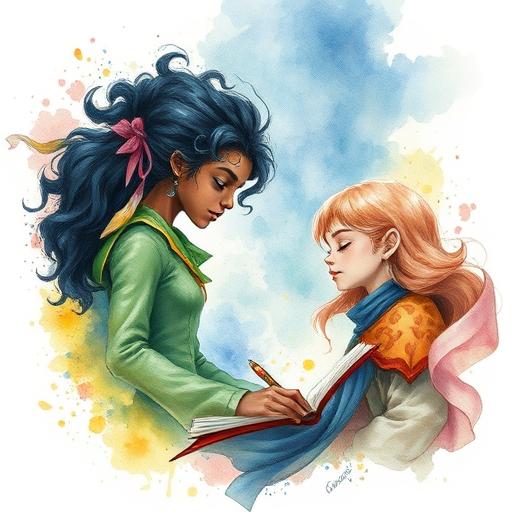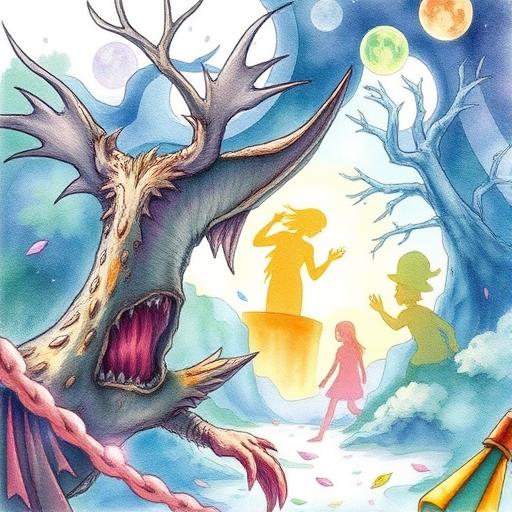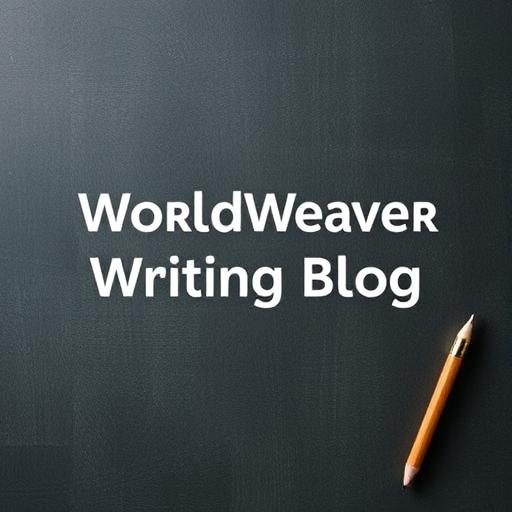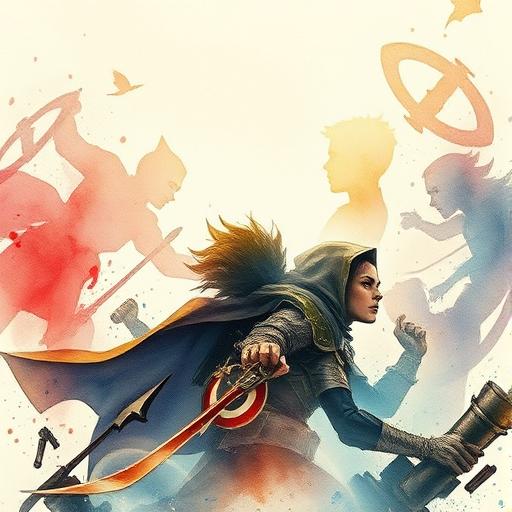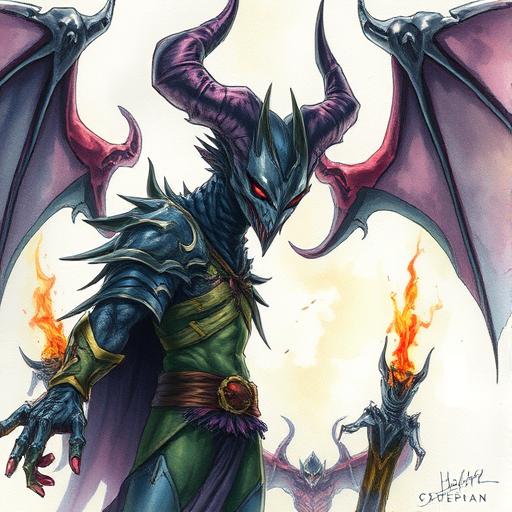Writing Across Cultures and Identities: Inclusive Storytelling Strategies
This article provides practical tips and strategies for writers to craft authentic and inclusive stories that celebrate diverse cultures and identities, and explores the importance of representation in fantasy worldbuilding. By following these guidelines, writers can create rich, immersive worlds that reflect the complexity of our real-world experiences.
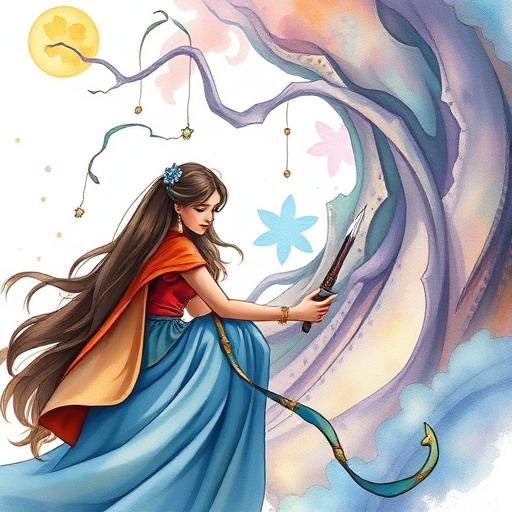
Introduction to Inclusive Storytelling
Inclusive storytelling is not just a buzzword, but a vital aspect of crafting compelling and relatable fiction. As writers, we have the power to shape attitudes, challenge stereotypes, and promote empathy. When it comes to writing across cultures and identities, it's essential to approach the task with sensitivity, respect, and a willingness to learn. For more on writing diverse and inclusive stories, check out our article on writing diverse and inclusive stories beyond fantasy genres.
Understanding Cultural Nuances
To write authentic stories, you need to understand the cultural nuances that shape the lives of your characters. This involves:
- Researching cultural practices, traditions, and histories
- Engaging with marginalized communities and listening to their experiences
- Avoiding stereotypes and tropes that perpetuate harmful representations
- Being mindful of power dynamics and privilege
Creating Inclusive Worlds
Inclusive worldbuilding is crucial for creating immersive and believable stories. Consider the following strategies:
- Develop a rich cultural context that reflects the diversity of our world
- Incorporate diverse languages, customs, and mythologies
- Avoid cultural appropriation and exchange, and instead opt for cultural appreciation and understanding
- Create complex, multi-dimensional characters that defy stereotypes and tropes
Strategies for Success
To write across cultures and identities, consider the following tips:
- Write from a place of empathy and understanding
- Be open to feedback and criticism from marginalized communities
- Avoid tokenism and instead create nuanced, complex characters
- Use sensitivity readers and editors to review your work
Beyond Fantasy: Inclusive Storytelling Across Genres
Inclusive storytelling is not limited to fantasy genres. For more on writing diverse and inclusive stories across multiple genres and formats, check out our article on writing diverse and inclusive stories across multiple genres and formats. By applying these strategies, you can craft compelling and inclusive stories that resonate with readers.
Building Inclusive Narratives
Building inclusive narratives requires a deep understanding of the complexities of representation. For more on building inclusive and diverse narratives for mainstream and genre fiction, check out our article on building inclusive and diverse narratives for mainstream and genre fiction. By prioritizing representation and inclusivity, you can create stories that reflect the diversity and complexity of our world.
Conclusion
Writing across cultures and identities requires a willingness to listen, learn, and adapt. By following these strategies and tips, you can craft authentic and inclusive stories that celebrate diverse cultures and identities. Remember, inclusive storytelling is not a one-time achievement, but an ongoing process that requires dedication, empathy, and a commitment to representation. As writers, we have the power to shape the narrative and promote positive change – let's use our words to create a more inclusive and compassionate world.
Additional Resources
For further reading, consider the following table of resources:
| Resource | Description |
|---|---|
| Writing Diverse and Inclusive Stories Beyond Fantasy Genres | A guide to writing diverse and inclusive stories in non-fantasy genres |
| Writing Diverse and Inclusive Stories Across Multiple Genres and Formats | A comprehensive guide to writing diverse and inclusive stories across multiple genres and formats |
| Building Inclusive and Diverse Narratives for Mainstream and Genre Fiction | A resource for building inclusive and diverse narratives in mainstream and genre fiction |
Comments
Comments are hidden to save bandwidth. Load them when you want to read or leave one.
